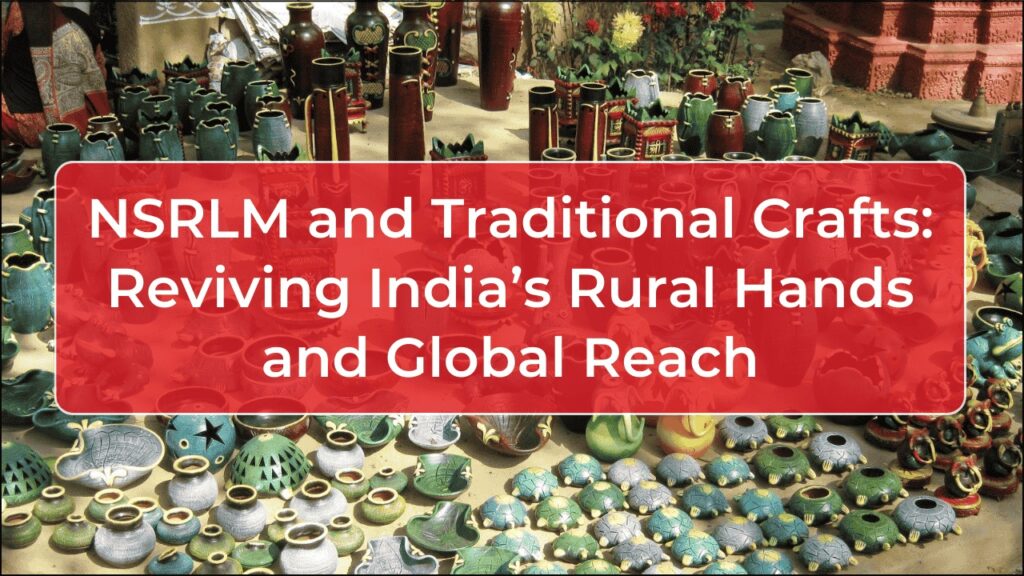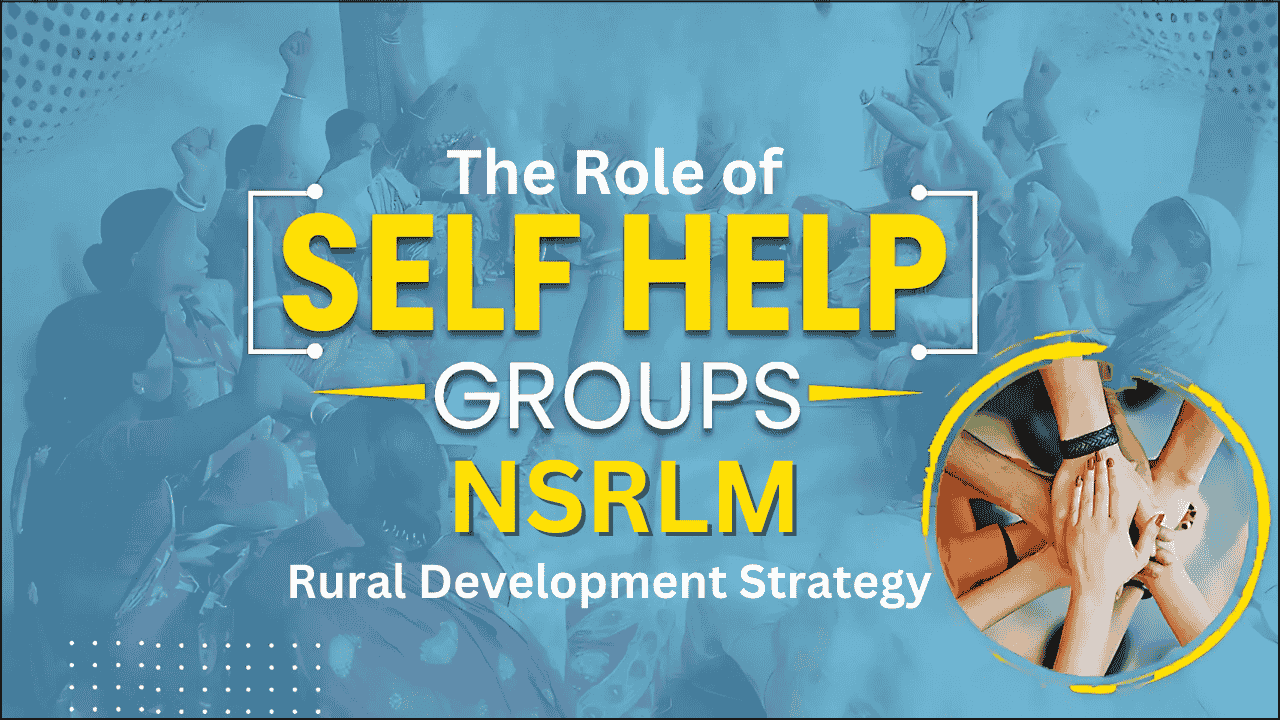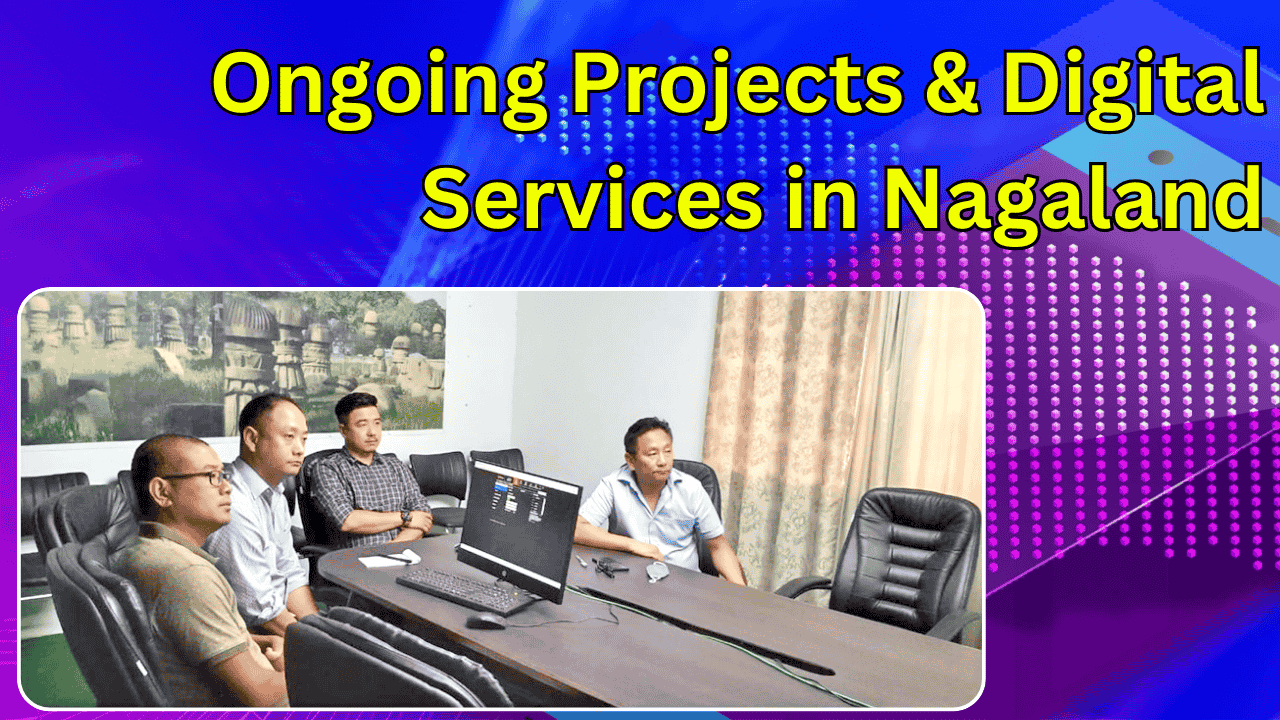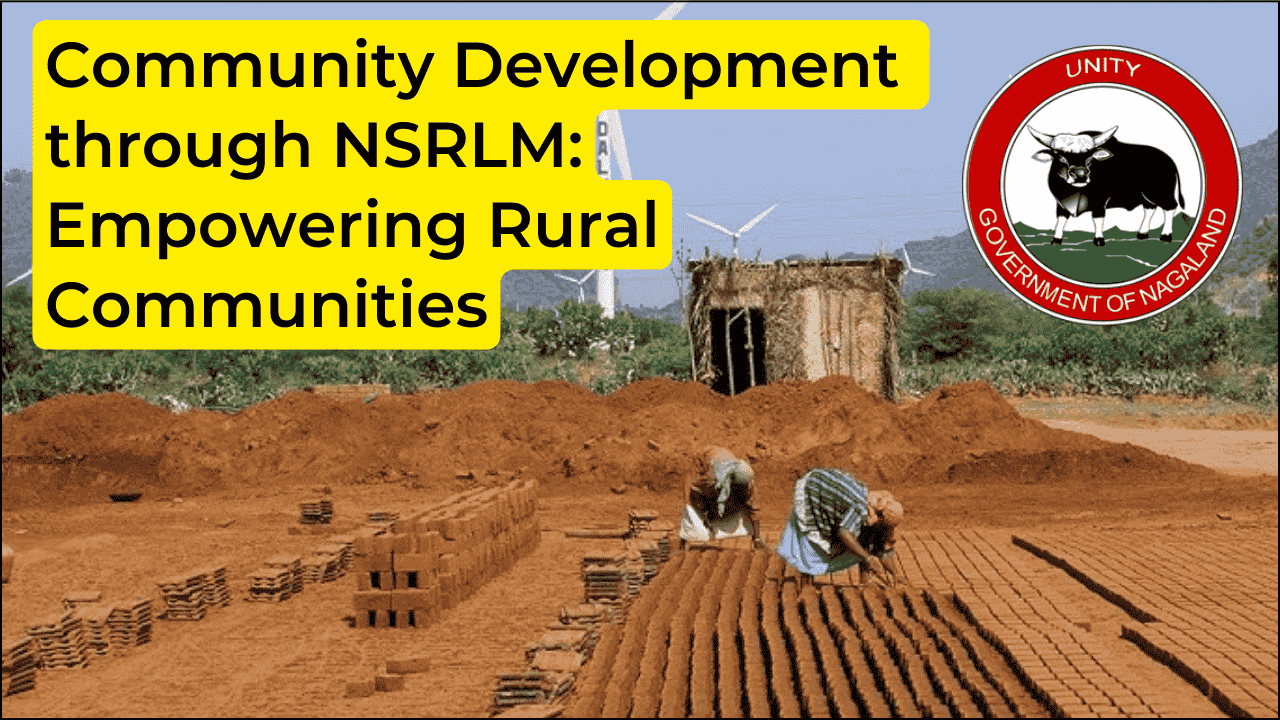
The National Rural Livelihood Mission (NSRLM), also known as Aajeevika, is a program that helps poor people in rural India earn better livelihoods. Launched in 2011 by the Indian government, this program has been especially helpful for traditional craftspeople who make handmade products. This article looks at how NSRLM has helped keep traditional crafts alive while improving the lives of rural artisans.
What is NSRLM?
NSRLM stands for National Rural Livelihood Mission. It is a program that helps poor rural families, especially women, to organize themselves into small groups called Self-Help Groups (SHGs). Through these groups, they can:
- Save money together
- Get loans easily
- Learn new skills
- Start small businesses
- Sell their products better
The main goal is to reduce poverty by helping rural people earn more money through stable livelihoods.
Traditional Crafts in India
India has a rich heritage of traditional crafts that goes back thousands of years. These crafts include:
| Craft Type | Main Regions | Special Features |
|---|---|---|
| Handloom Weaving | West Bengal, Tamil Nadu, Assam | Natural fibers, traditional patterns |
| Pottery | Rajasthan, Gujarat, Uttar Pradesh | Clay-based items, traditional firing methods |
| Wood Carving | Kashmir, Karnataka, Kerala | Intricate designs, regional wood types |
| Metal Work | Moradabad, Odisha, Tamil Nadu | Brass, copper, and bell metal crafts |
| Bamboo Crafts | Northeast India, Chhattisgarh | Eco-friendly baskets, furniture, decorations |
| Embroidery | Gujarat, Rajasthan, Kashmir | Region-specific stitching styles |
| Carpet Making | Kashmir, Uttar Pradesh, Rajasthan | Hand-knotted, unique patterns |
These crafts face many challenges today including:
- Competition from factory-made products
- Younger generations are less interested in learning traditional skills
- Low prices for handmade items
- Difficult market access for rural artisans
How NSRLM Supports Traditional Crafts
NSRLM has several ways to help traditional craftspeople:
1. Financial Support
NSRLM helps artisans get money to improve their craft businesses:
| Type of Support | Amount (₹) | Purpose |
|---|---|---|
| Community Investment Fund | Up to 2,50,000 | For community enterprises |
| Revolving Fund | 10,000-15,000 | For Self-Help Groups |
| Vulnerability Reduction Fund | 10,000-15,000 | For emergencies and vulnerable artisans |
| Individual Loans | Up to 1,00,000 | Through bank linkages |
This financial help allows craftspeople to:
- Buy better tools and raw materials
- Improve their workshops
- Increase production
- Try new designs
2. Skill Development and Training
NSRLM organizes training programs for artisans to:
- Improve their traditional skills
- Learn new techniques
- Understand modern designs that sell well
- Learn business skills like accounting and marketing
For example, potters in Rajasthan received training to create modern items while using traditional methods, increasing their income by 40%.
3. Market Linkages
One of the biggest problems for rural craftspeople is reaching customers. NSRLM helps by:
- Organizing craft exhibitions and fairs
- Creating Sara’s markets (permanent shops for SHG products)
- Helping artisans sell online through websites and apps
- Connecting craftspeople with exporters and urban retailers
- Creating a brand identity for traditional products
4. Cluster Development Approach
NSRLM supports the development of craft clusters – areas where many artisans work on the same craft. This approach has these benefits:
| Benefits of Clusters | Example |
|---|---|
| Shared resources | Common facility centers for block printing in Bagru, Rajasthan |
| Knowledge sharing | Woodcarvers in Saharanpur getting better prices on raw materials |
| Bulk purchasing power | Wood carvers in Saharanpur getting better prices on raw materials |
| Stronger marketing | Madhubani painters from Bihar creating a recognized brand |
| Geographical Indication (GI) tags | Banaras Brocades, Pochampally Ikat, Kangra Paintings |
Final Thoughts
The National Rural Livelihood Mission represents a powerful approach to preserving India’s traditional crafts while fighting rural poverty. By combining financial support, skill development, and market access, NSRLM helps craftspeople earn better livelihoods while keeping cultural traditions alive.
The program shows how government support can help traditional knowledge remain relevant in today’s market. Through NSRLM’s continued efforts, India’s rural artisans can find new hope and economic opportunities while maintaining the craft traditions that have been passed down through generations.
As consumers, we can support this important work by choosing handmade, traditional craft products that carry not just beauty but also the stories and livelihoods of rural India’s talented artisans.



